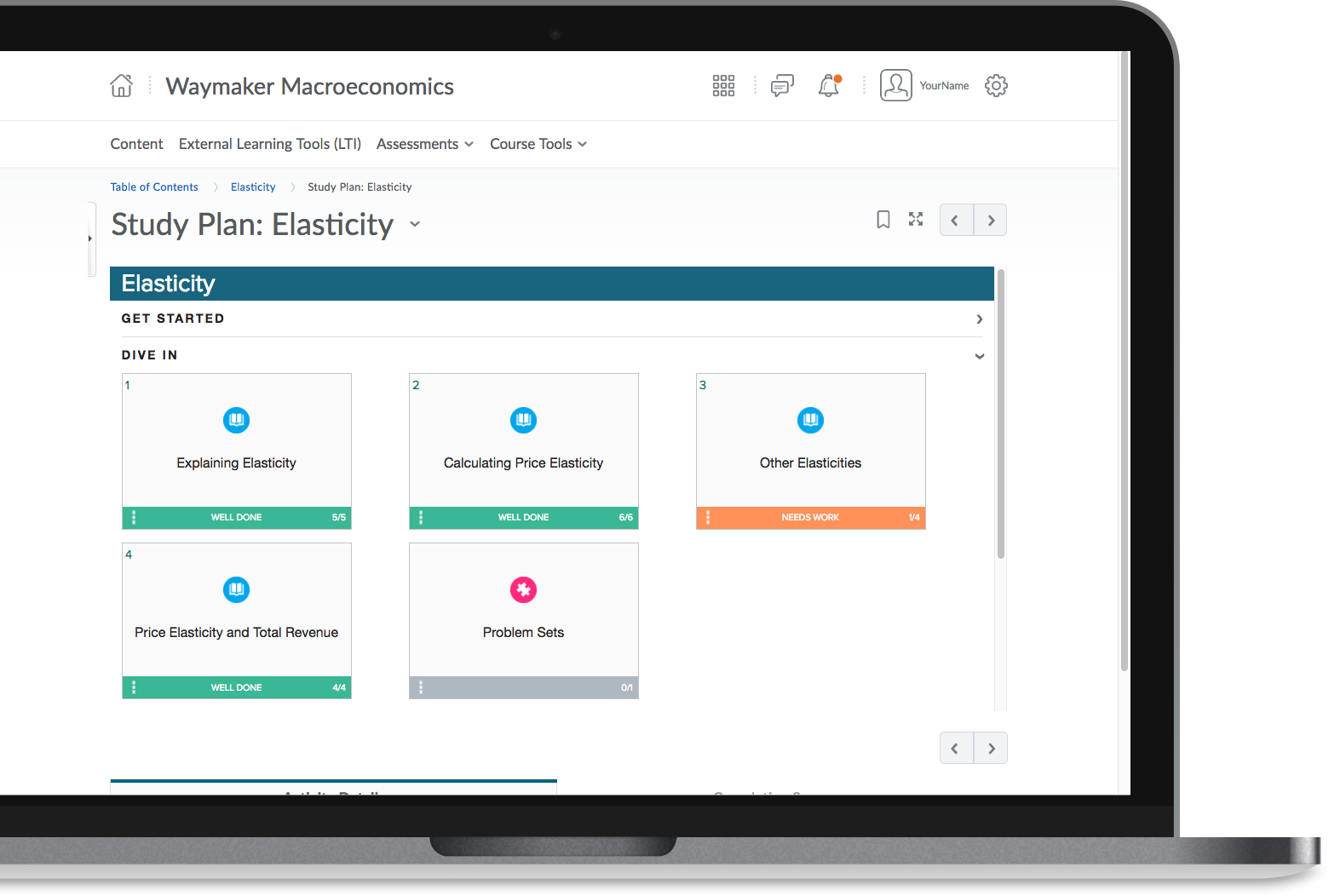
In the first part of the glycolysis pathway, energy is used to make adjustments so that the six-carbon sugar molecule can be split evenly into two three-carbon pyruvate molecules. Glycolysis consists of two distinct phases. Glycolysis begins with the six-carbon, ring-shaped structure of a single glucose molecule and ends with two molecules of a three-carbon sugar called pyruvate. Glycolysis takes place in the cytoplasm of most prokaryotic and all eukaryotic cells. Many living organisms carry out glycolysis as part of their metabolism.

Glycolysis is the first step in the breakdown of glucose to extract energy for cell metabolism. You have read that nearly all of the energy used by living things comes to them in the bonds of the sugar, glucose. The release of one or two phosphate groups from ATP, a process called hydrolysis, releases energy. This repulsion makes the ADP and ATP molecules inherently unstable. Phosphate groups are negatively charged and thus repel one another when they are arranged in series, as they are in ADP and ATP. The addition of a phosphate group to a molecule requires a high amount of energy and results in a high-energy bond. The addition of a second phosphate group to this core molecule results in adenosine diphosphate (ADP) the addition of a third phosphate group forms adenosine triphosphate (ATP).

Ribose is a five-carbon sugar found in RNA and AMP is one of the nucleotides in RNA. The structure of ATP shows the basic components of a two-ring adenine, five-carbon ribose, and three phosphate groups.Īt the heart of ATP is a molecule of adenosine monophosphate (AMP), which is composed of an adenine molecule bonded to both a ribose molecule and a single phosphate group (Figure 1).


 0 kommentar(er)
0 kommentar(er)
